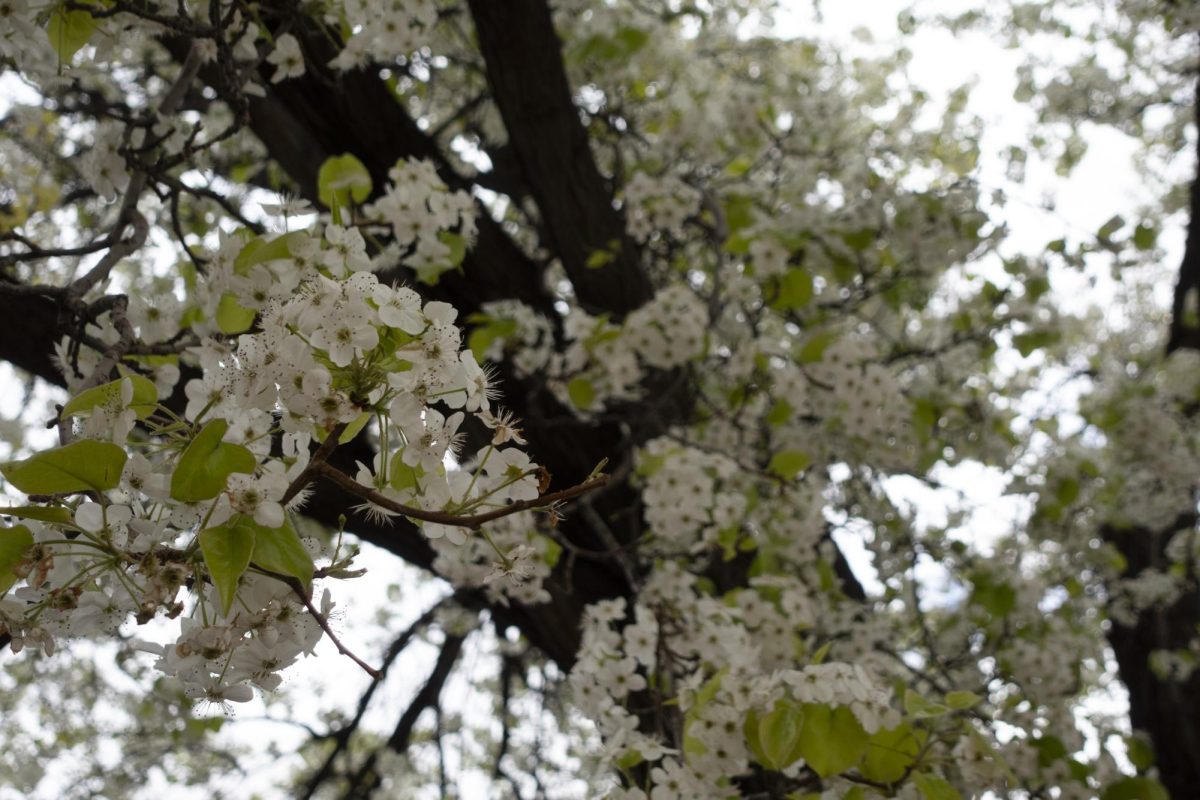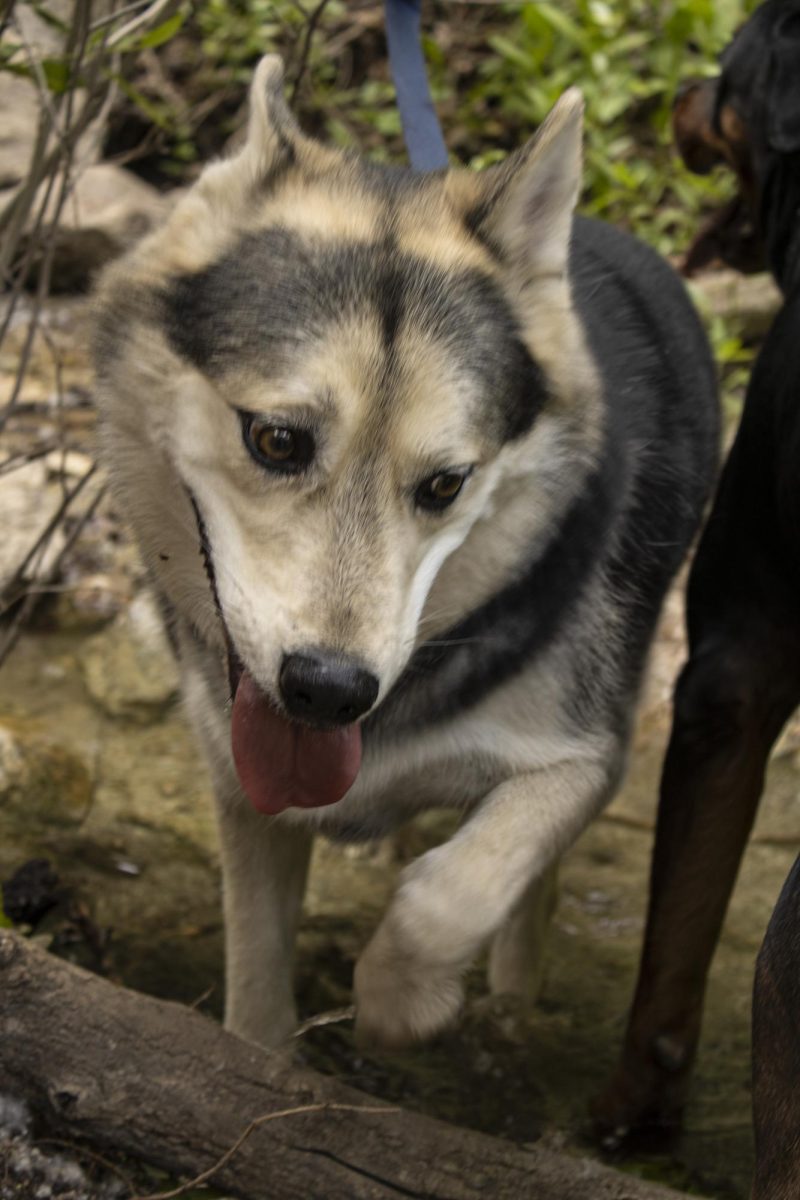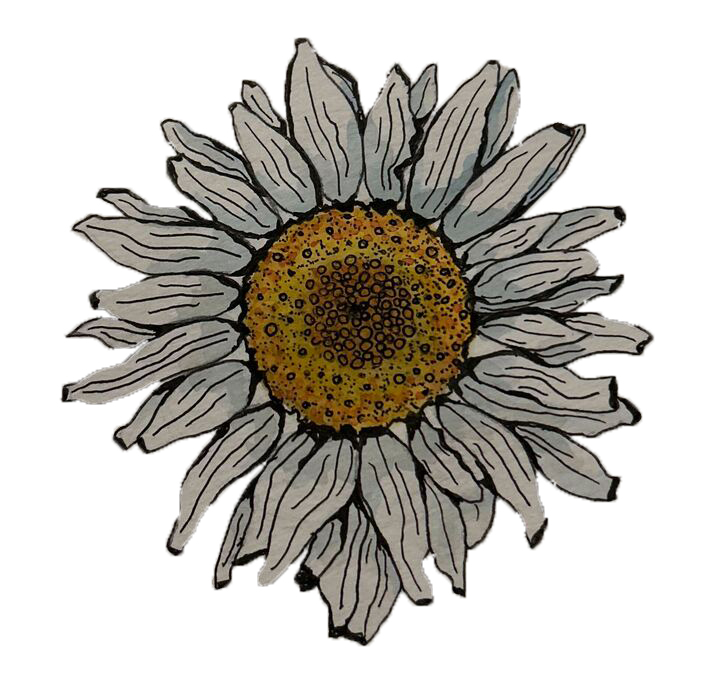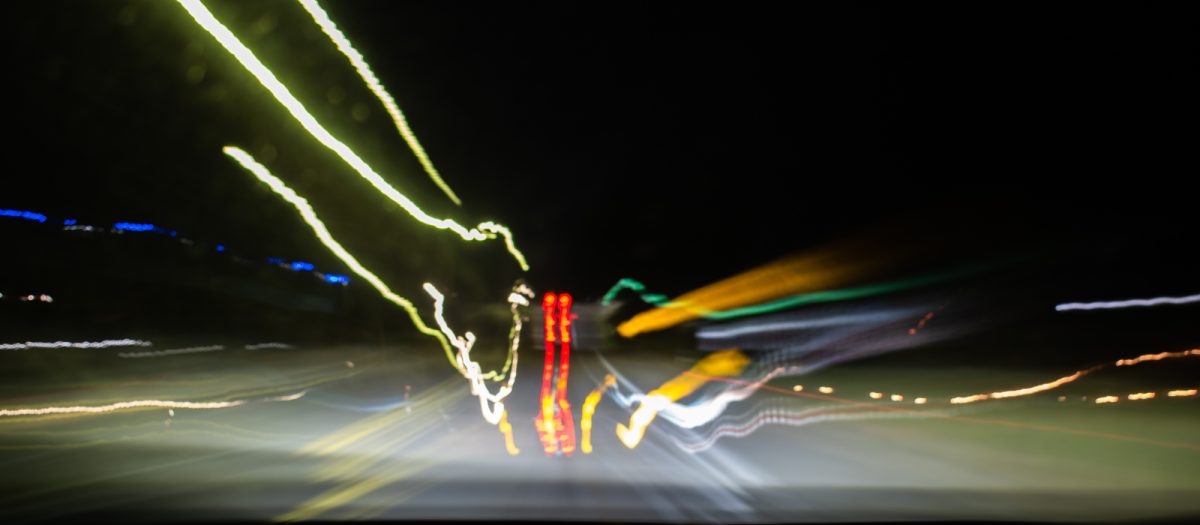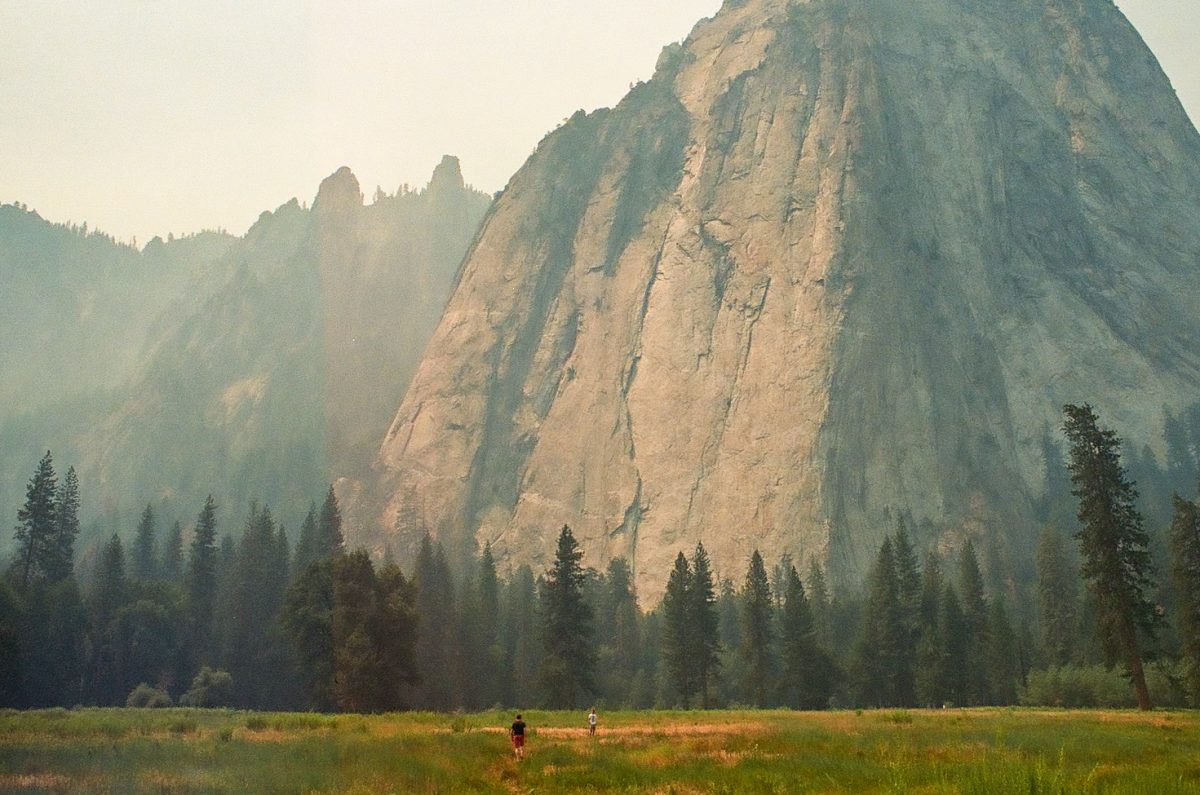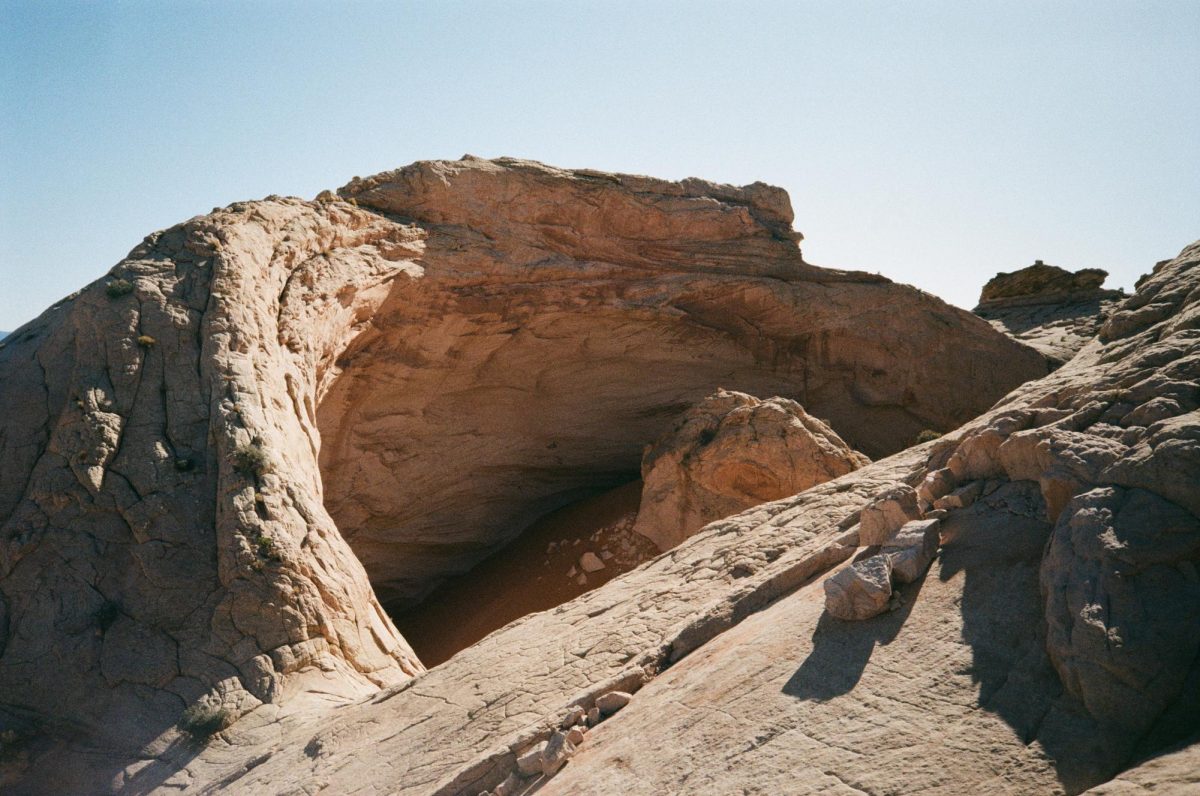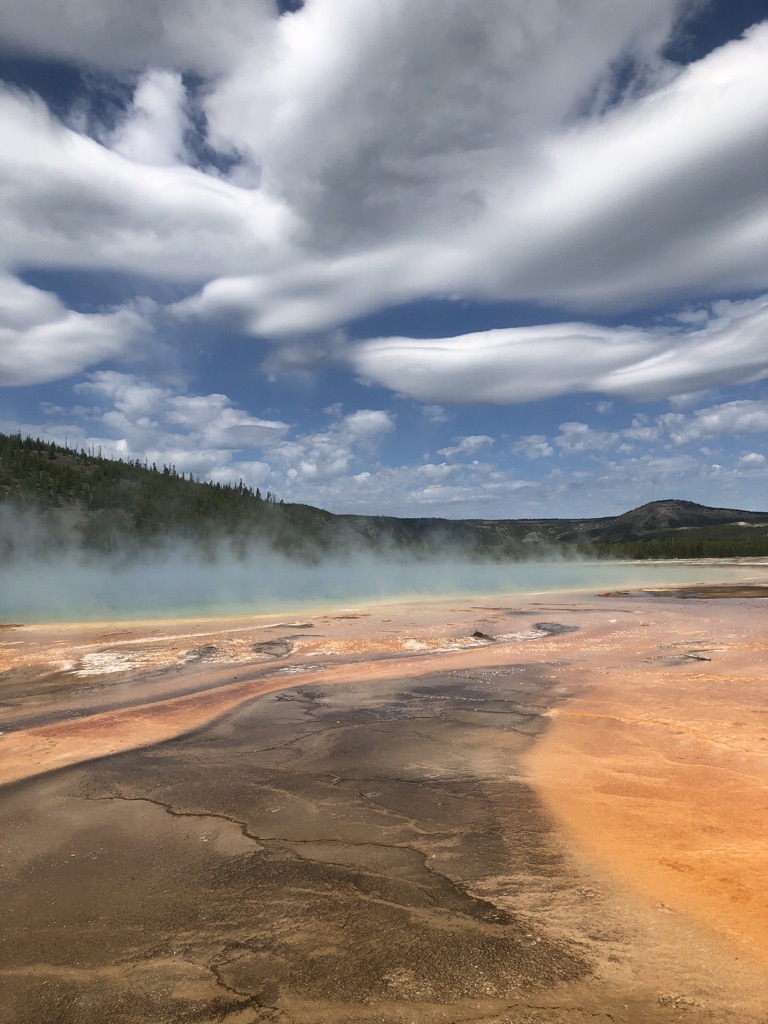Getting Outdoors in the Time of COVID-19
April 27, 2020
COVID-19 has unquestionably changed the landscape of our lives in 2020. Simple daily tasks like going to work, the grocery store, or the gym are limited or altogether impossible. There is palpable grief with this loss of routine and normality, and a sense of weariness comes from not knowing what our lives will look like in the coming weeks, months, or years. There is also a pressing sentiment of dread that the invisible threat of a deadly virus could end our lives or the lives of people we love. As we face the daily emotions and changes a pandemic brings to our lives, sources of comfort are more important than ever.
In the outdoor community, often our sources of comfort are getting outside and doing activities we enjoy with people we love. COVID-19’s impact has ruthlessly restricted these endeavors at a time when we need them most. Trails, ski resorts, and National Parks have closed to limit the spread of the virus. Travel is severely limited and states are even considering closing borders or requiring 14 day periods of complete isolation upon entry. Social distancing and other tactics require six feet of distance between people and prohibit touching or sharing gear. Planned trips, thru-hikes, and events of all kinds have been canceled to avoid mass gatherings and community spread. Face masks are advised at all times. Visiting climbing gyms, gear rental shops, and recreation stores are off the table. Most states have additionally advised people to stay at home as much as possible and to leave home only for essential purposes. With all these limitations, how can we in the outdoors community take care of our mental and physical health? Our only option, for now, is to adapt.
The first step to enjoying the outdoors safely during the COVID-19 pandemic is listening to our local authorities — including the health department and hospitals, as well as the CDC — and taking the necessary steps to ensure day-to-day safety for ourselves and our community. Heeding these recommendations will help protect your community at large and will make sure that we’re responsibly recreating so we and our neighbors can live to get outdoors another day.
Now is not the time to be going on trips to rural communities around our state or other states — here in Utah, rural communities like Moab are sending a clear message to non-residents: stay away for now. Rural hospitals often have limited or no ICU beds and their resources are usually stretched thin. The additional burden on hospital resources from either ill visitors or preventable emergencies is the last thing rural places need right now. Even in urban locations, high-risk sports and activities are being discouraged to help keep patients out of the emergency room so as to promote less burden to emergency services and expose fewer people to the many patients coming in with rapidly progressing COVID-19. Whatever you’re doing outside, make sure you can do it extremely safely and avoid activities where you could need a rescue or emergency transport.
If you can safely recreate somewhere local, do it! Getting to know your neighborhood trails and natural spaces can go a long way toward meeting your desire to get exercise, go outdoors, and can it give you ideas for more options about getting outside close-to-home beyond this pandemic. Soak up any signs of spring around where you live and take the chance to observe the world around you in a way you haven’t before. A lot of times close-by natural places also have excellent cell service, so you can bring someone you miss connecting with along on your adventure. The one caveat to this recommendation is that you need to be willing to turn around if you get to a park, trailhead or river and there are a lot of people around, or if people present there are not following guidelines to prevent the spread of disease.
If you’re fully stuck inside, wanting to be outside, a great way to use your time is to plan your next adventure. Really get into the details of a trip you’ve always wanted to take and give yourself something to look forward to once restrictions are lifted. You can explore new places via outdoor films or virtual tours (national parks have some good ones), or even just clips on Youtube. You can also reflect on past trips, visualizing places you’ve been and loved in the past, or routes you love to climb or kayak. You can make these memories into art — writing down stories, painting views or sorting through and organizing photos. Surrounding yourself with reminders of your favorite places and people can make your days at home feel more contented.
Time at home can also be used to refine skills that will help you in future outdoor adventures. Get to know your gear better or give it the thorough cleaning you’ve meant to do for a while. Learn to tie some new knots, or how to set up your fly rod most efficiently, or learn how to maintain your bike. You can also gain new skills by watching videos online. Familiar names like REI, NOLS and even local groups like the Utah Avalanche Center have online tutorials that can help you be more prepared the next time you get outside. Companies offering wilderness first aid training are also trying to adapt to doing online classes, so checking out their offerings in the coming months could allow you the unique opportunity to get this training wherever you may be. Additionally, know that if you were planning to recertify a skill in the coming months, many organizations are extending current certifications so they don’t expire while courses are not being offered.
While you’re exploring the great indoors you can also break out your hang board or whatever you have at home to strengthen your body in ways that will help you achieve your outdoor goals. Get creative — social media is full of people climbing around their houses, working on turns in the snow in their front yard and lifting soup cans and bottles to increase their strength. Whatever you’re into, there’s a way to work on those skills at home. Many athletes and companies are additionally putting together videos that will guide you through at-home workouts. Checking out the online options your favorite local gyms or studios are offering is another great way to stay fit and also support small local businesses during a time of financial need.
On the subject of supporting small local businesses, many local gear shops are adapting to keep their businesses running during this time. Now, more than ever, consider looking into getting gear or tools from them before you look elsewhere. Many stores are offering local pickup or delivery (so you’ll save on shipping!) and are running sales during this time. Additionally, some of the small shops and restaurants in your favorite getaway towns would love your business during this time. Treat yourself to something from a shop you loved on one of your past trips or get to know the local scene in a future destination by ordering from somewhere new. Keeping businesses alive in the towns that support outdoor recreation will help make sure that you can depend on them the next time you’re in town.
Staying connected in the outdoor community during a time of required social isolation is hard but not impossible. Whatever you’re doing during this time, it’s important to keep in contact with the people you would typically see in person. Video chatting while you do any of the above activities, encouraging another person to do them with you, or even recreating together in small groups while taking the necessary precautions to maintain social distance can all help you keep the social part of outdoor activities alive. This will help you maintain your mental and physical health, and will give you the social support you need during this time.
Ultimately, the best tool to help members of the outdoor community get through the COVID-19 pandemic is imagination. Figuring out what your own recreation needs are and how you can meet them while following best practices for limiting the spread of the virus will take creativity, but who is better equipped to meet that challenge than people who regularly engage in creative problem solving outdoors? If we joining together as a community at this time, we can inspire and support each other’s wellness, so that when we next get to gather together in person, it will be one big happy reunion.




